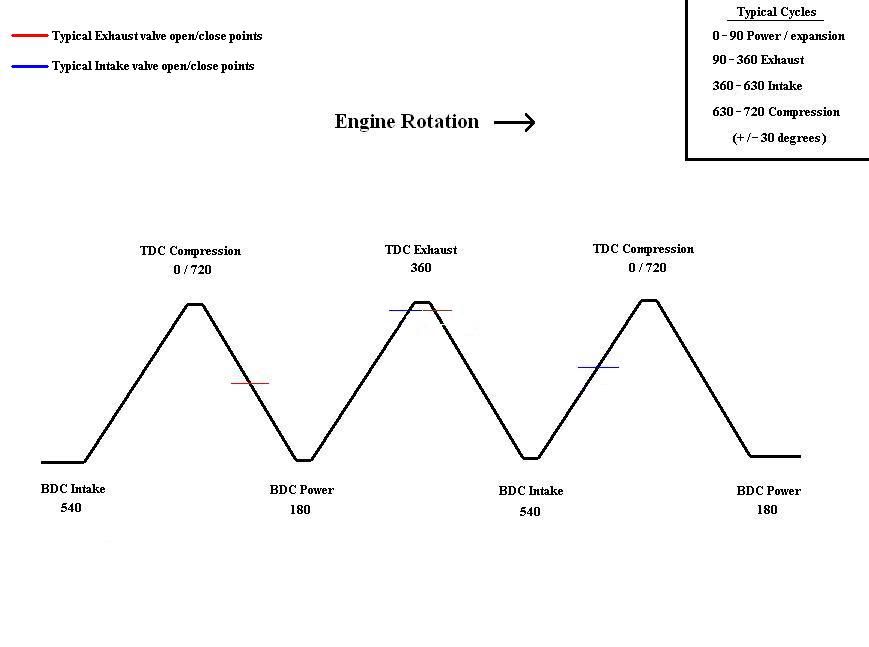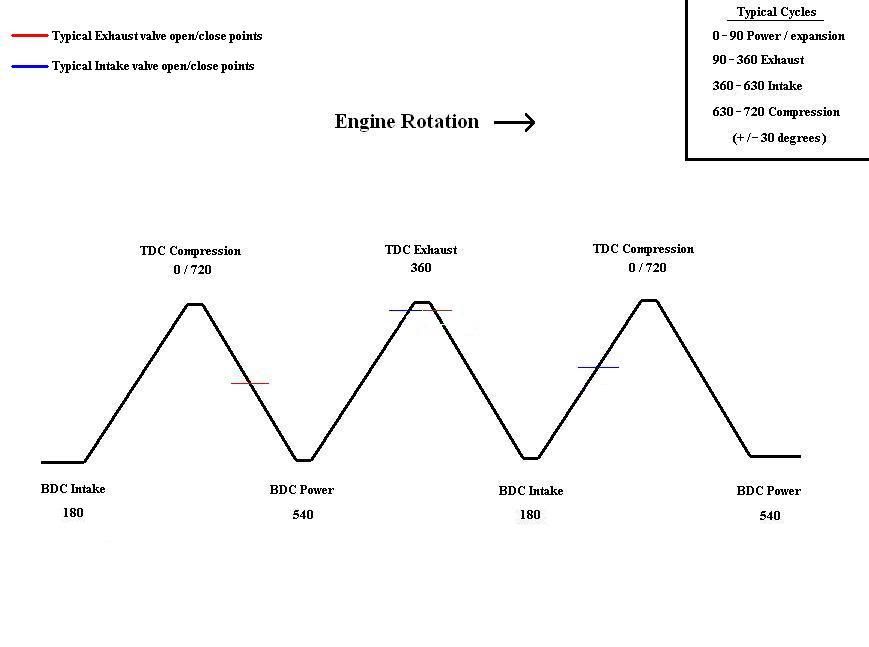HPTuners Staff, please help:
Been fighting with light throttle surge in a 416 with l92 heads / L76 intake transplanted into an 01 LS1 Camaro. VE table is spot on as dialed in by WB and all injector values are taken from the Holden Commodore 6.0. It surges in OLSD, OLMAF, CLSD and CLMAF, so it isn't prop fueling, issues with closed loop or a bad MAF. I have ruled out spark timing as well through much experimentation. The only thing left is injector timing, for which HP Tuners lists the following tables. I opened up my stock tune using EFI Live’s demo software. I couldn’t find an Injection Boundary table, but I found the two others. I have included EFI Live’s definitions in parentheses to help shed light on these tables.
Injection Timing Boundary: Fuel injection delivery boundary as number of reference periods after TDC. (Stock value = 6.5)
Normal Injection Target vs. ECT: The end of injection target measured in reference periods after the injection boundary that the normal injection pulse should finish. (Stock values range from 2.55 at low ECT to 5.55 at high ECT) [EFI Live: This table will offset the actual opening of the injector referenced to the reference pulses and engine coolant temperature. {B3702}]
Makeup Injection Target vs. ECT: The end of injection target measured in reference periods after the injection boundary that the makeup injection pulse should finish. (Stock values all at 5.55) [EFI Live: This table modifies the timing of the additional pulses that maybe required after the {B3702} Injection Timing offset limits are reached. These values should not exceed those in {B3702} Injection Timing. {B3703}]
Based on HPTuners mouseover definitions, the stock Injection Timing Boundary is 6.5/24*360=97.5 deg ATDC, and the stock Normal Injection Target vs. ECT further adds 5.55/24*360=83.25 deg ATDC, for a total of 180.75 deg. This is confusing since I thought the LS1 uses end of pulse to back calculate when to start the pulse. Based on EFI Live’s definitions, the Normal Injection Target vs. ECT table actually subtracts from the Injection Timing Boundary to define when the injector opens. That is, the injector fires at 97.5 deg ATDC – 83.25 deg = 14.25 deg ATDC. This last definition makes more sense as the stock LS1 cam begins opening the intake valve @ 0.050” around 14.25 deg ATDC.
Could you please help us understand what these tables do and how they interrelate? I have a suspicion some of the definitions aren’t quite right. What do I need to change to get my injectors to open about 25 crank degrees earlier than they currently do? Please also confirm that one reference period is 1/24 crank revolution.
Thanks




 Reply With Quote
Reply With Quote





